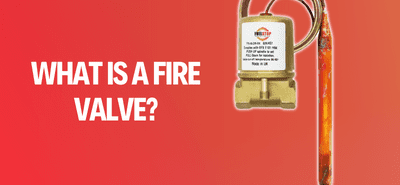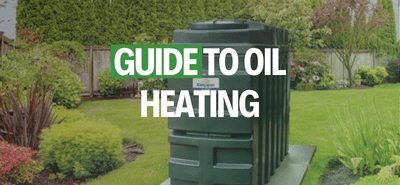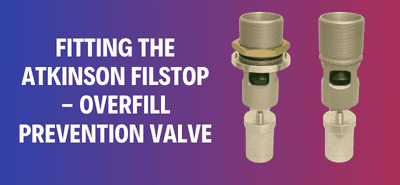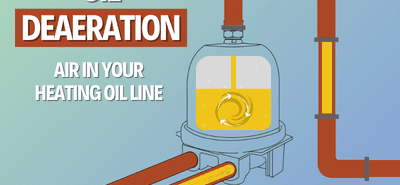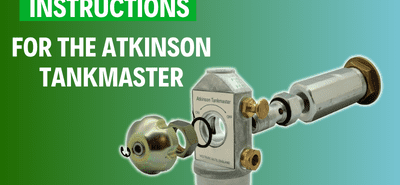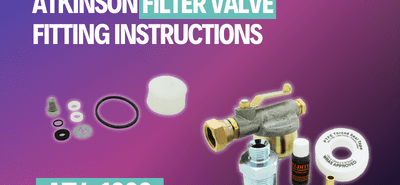Which Oil Tank Gauge is Best?
When deciding on which of the many types of oil tank gauge to install on your storage tank it can be difficult to decipher the best one to go for. This handy guide will explain the various types and how they work.
Oil Tank Gauge
The type of oil tank gauge can be relevant to the type of tank you have of course. If you have a bunded storage tank, a tank with a double skin, then bottom outlet gauges or sight gauges should not be used, according to Oftec. This regulation is for new tanks being installed today. However there are many existing bunded tanks with sight gauges on them still perfectly usable.
Sight Gauges
A sight gauge is a small tube that is connected at the bottom of the tank inline with the feed pipe. The tube runs up the side of the tank and is clear, usually with a float inside. The bottom of the gauge will normally have a “pull to read” button or a push button. When this is operated the valve opens and allows fuel to travel up the tube. Due to the gravitational effect the fuel in the tube will level out at the same level of the fuel inside the tank.
Float Gauges
These sorts of gauges do exactly as the name suggests and have a float that goes up and down with the oil level. The float is connected to the gauge that sits on the top of the tank with a string. The string on a float gauge is wound around the mechanism in the gauge that will turn the dial depending on the level of the oil. Commonly known as a float on a rope gauge or cat and mouse gauge. They are relatively inexpensive and will usually measure the level in “empty” – “1/4 full” – “1/2 full” – “3/4 full” etc. They are connected to the top of the tank via a 1 1/2″ BSP male thread. If your tank has a 2″ vent these gauges can be fitted in place of the vent with the use of a combi vent adaptor. This adaptor will replace your existing vent cap and also allow you to fit a float gauge through the centre hole.
Hydrostatic Gauges
A hydrostatic gauge is a more accurate and reliable gauge commonly used on commercial sites. Because they operate without requiring power they are ideal for hazardous environments. The gauge is operated by a small hand pump mechanism to pump air into the probe. The probe is mounted at the end of a tube that is placed into the tank. When there is air in the probe it will measure the pressure of the fluid at the current depth of fluid and calculate a reading. This reading is then shown as the “percentage full of the tank”. Due to the nature of this type of gauge it can be fitted remotely from the tank as long as one length of tube is used with no joins to the probe. Hydrostatic gauges are not generally weatherproof so will need to be fitted inside an IP rated enclosure.
a more accurate and reliable gauge commonly used on commercial sites. Because they operate without requiring power they are ideal for hazardous environments. The gauge is operated by a small hand pump mechanism to pump air into the probe. The probe is mounted at the end of a tube that is placed into the tank. When there is air in the probe it will measure the pressure of the fluid at the current depth of fluid and calculate a reading. This reading is then shown as the “percentage full of the tank”. Due to the nature of this type of gauge it can be fitted remotely from the tank as long as one length of tube is used with no joins to the probe. Hydrostatic gauges are not generally weatherproof so will need to be fitted inside an IP rated enclosure.
Electronic Gauges
There are several electronic level gauges on the market that can be wireless or can be connected to a computer or mobile phone. One of these types of gauges is the Piusi Ocio, this tends to be found in commercial applications. This is in fact a hydrostatic gauge with an  electronic readout. With the use of the available accompanying software this gauge can be linked up to a pc an can even monitor more than one tank. Working off of the same principle as a standard hydrostatic gauge, on the Ocio you would input the tank dimensions into the unit so it can calculate the air pressure and depth to give you an accurate reading. These gauges again can be fitted remotely away from the tank and connected via one length of tubing to the probe.
electronic readout. With the use of the available accompanying software this gauge can be linked up to a pc an can even monitor more than one tank. Working off of the same principle as a standard hydrostatic gauge, on the Ocio you would input the tank dimensions into the unit so it can calculate the air pressure and depth to give you an accurate reading. These gauges again can be fitted remotely away from the tank and connected via one length of tubing to the probe.
At Fueldump we offer all the various types of oil tank gauge. To see the full range click here to go to our oil tank contents gauges.
RELATED PRODUCTS
- Contents Gauges, Oil Heating Equipment, Winter Essentials
Atkinson Push Button Sight Gauge
From £25.24 £30.29 - Contents Gauges, Oil Heating Equipment, Winter Essentials
Float Gauges for Fuel Tanks
From £16.16 £19.39

